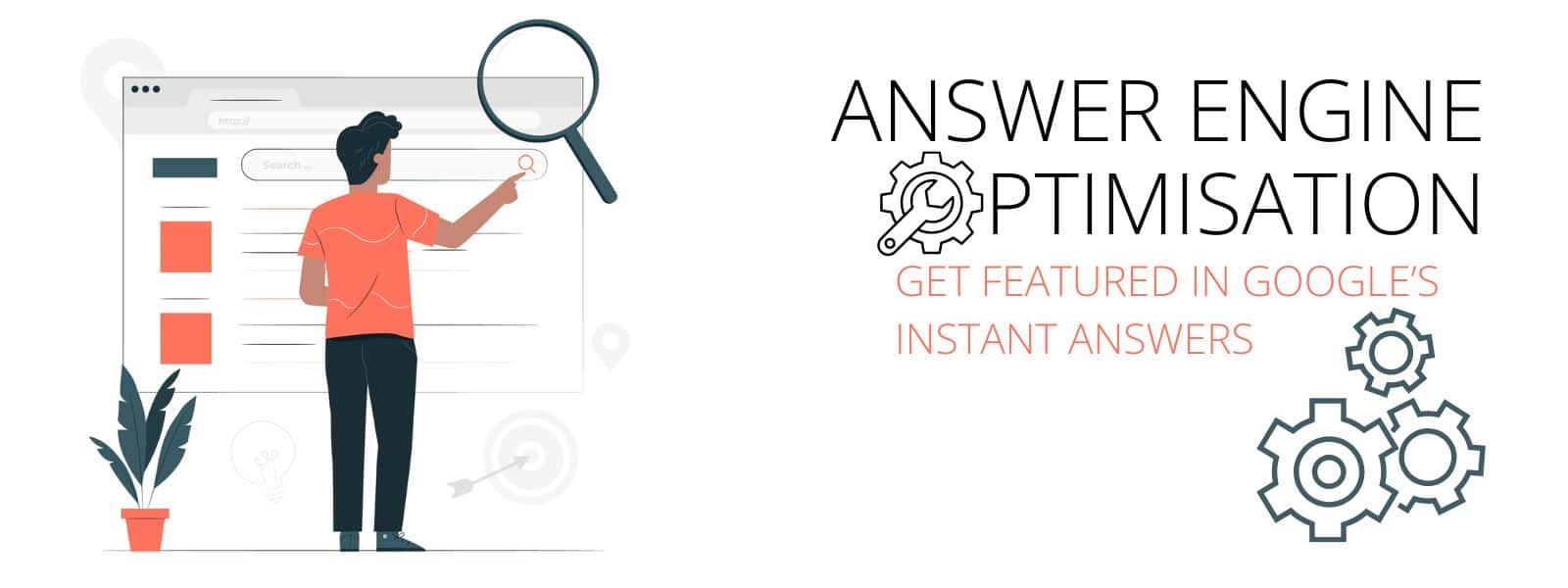What Is Answer Engine Optimisation (AEO)?
Answer Engine Optimisation (AEO) is the strategic process of making your website content eligible to appear as direct answers to users’ search queries, particularly within Google’s featured snippets, People Also Ask (PAA) sections, voice search results, and Search Generative Experience (SGE) answers.
It goes beyond traditional SEO by focusing on structuring content in a format that search engines interpret as highly relevant, authoritative, and immediately answerable. Rather than just ranking higher in search results, AEO ensures your brand is chosen as the answer Google displays upfront.
AEO Focuses on “Position Zero”
In Kenya, search engine usage is shifting. According to Statcounter (2024), over 94% of all search traffic in Kenya happens on Google. But most businesses are unaware that over 60% of mobile searches now end in zero-click results—users find their answers directly on Google without ever clicking a link.
This is often due to featured snippets, which occupy “Position Zero” above all other organic results. AEO is designed to place your content in this premium space.
AEO Complements Traditional SEO
While Search Engine Optimisation (SEO) focuses on keyword optimisation, backlinks, and page speed to improve your page’s rank, AEO is more concerned with how your content answers questions. Google increasingly relies on semantic search—the intent and meaning behind a query, not just keywords.
Where traditional SEO drives people to your site, AEO ensures your content appears prominently in SERP features like:
-
Featured snippets (paragraph, list, table)
-
“People Also Ask” questions
-
Voice assistant answers (Google Assistant, Siri, Alexa)
-
Google’s AI-generated summaries
These placements not only build visibility and authority but also often outperform traditional rankings in attracting user attention.
AEO Is Structured for Machines and Humans
Google’s natural language processing models (like BERT and MUM) read content differently from humans. AEO uses structured data, FAQs, bullet points, semantic tags, and schema.org markup to present your information in a way that Google can understand, trust, and feature.

